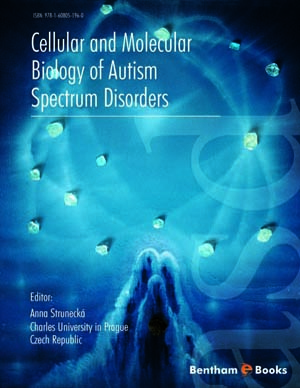Abstract
The significant evidence has been collected that individuals with autism spectrum disorders (ASD) have disturbed regulation of the hypothalamic-pituitary-adrenal (HPA) axis. Disturbance in daily rhythm, the increased level of pituitary adrenocorticotropin hormone (ACTH), and the decreased concentration of cortisol in plasma and saliva has been found. The hypoactivity of HPA axis and decreased level of saliva cortisol has also been found in parents of autistic individuals. Adverse maternal stress during gestation is involved in abnormal behavior, mental and cognition disorders in offspring. Hippocampus is the principal target site for corticosteroids in the brain as it has the highest concentration of receptor sites for glucocorticoids. Several studies found that repeated prenatal glucocorticoid exposure has profound influences on HPA function both in animals and humans. Lower cortisol is seen in conditions of chronic stress and in social situations characterized by unstable social relationships. The presence of social support has been associated with decreased stress responsiveness and with attenuated free cortisol concentrations in saliva. Several studies document that oxytocin significantly reduced salivary cortisol levels. Findings from several laboratories, which investigated both autistic children and parents, further support the knowledge that mothers may share some metabolic characteristics with their autistic children and that there is the need to intervention of both - autistic children and their mothers. It has been suggested that paired-like homeodomain transcription factor 1(PITX1), a key regulator of hormones within the HPA axis, may be implicated in the etiology of autism. The role of 11.-hydroxysteroid dehydrogenase type 1 (11.-HSD1) in the pathogenesis of ASD is discussed.






















